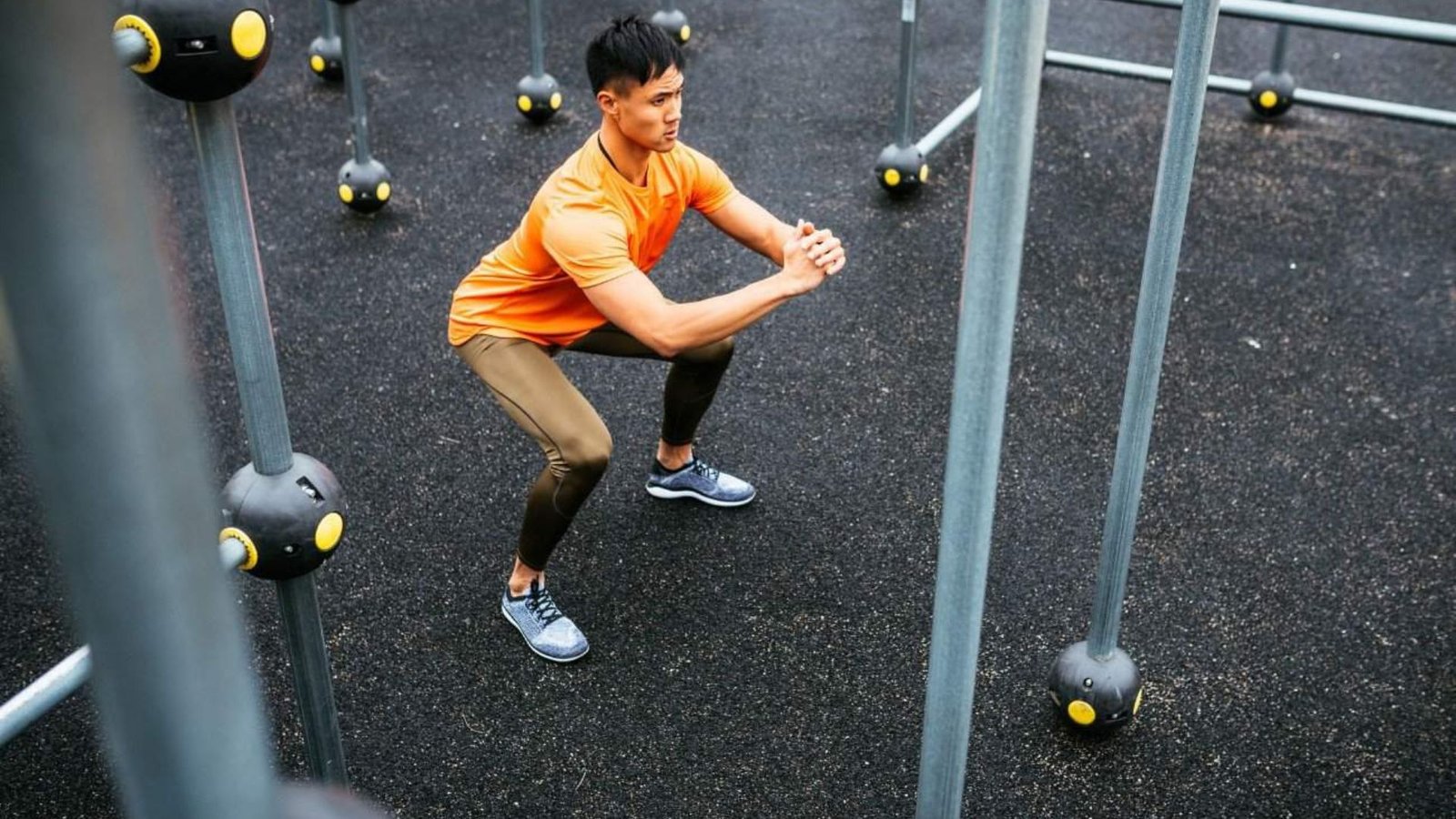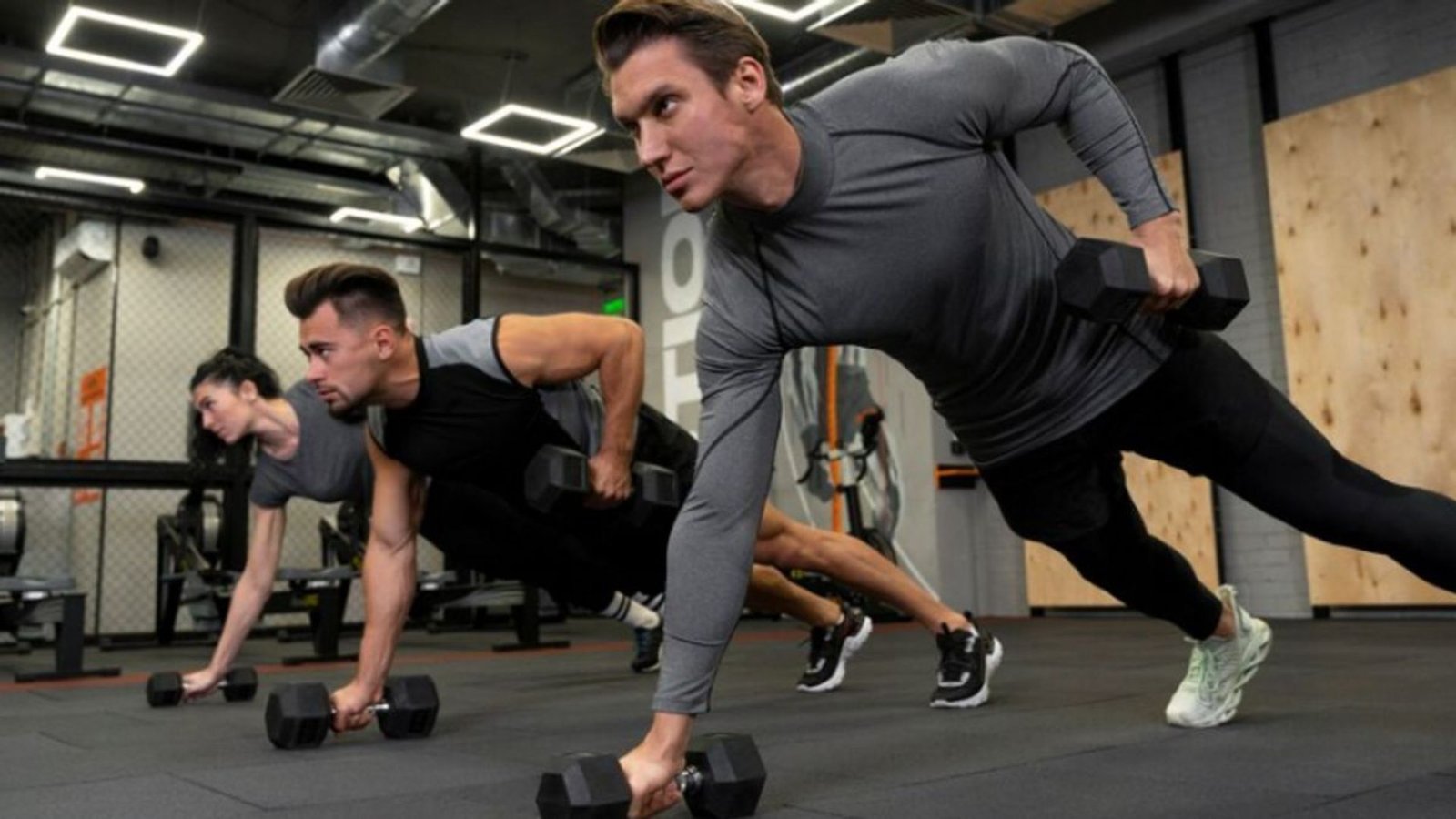When it comes to enhancing athletic performance, cross-training in sports plays a crucial role. It involves engaging in various types of physical activities to improve overall fitness and prevent injuries. If you’re looking to boost your sports performance, understanding and implementing effective cross-training strategies can make a big difference. Let’s get into the best strategies for cross-training in sports.
Understand the Benefits of Cross-Training
Before going into specific strategies, it’s essential to understand the benefits of cross-training in sports. By incorporating different activities into your routine, you can enhance overall fitness, reduce the risk of overuse injuries, and improve your performance in your primary sport. Cross-training helps in developing balanced muscle strength, increasing flexibility, and boosting cardiovascular endurance. It also keeps your training routine fresh and engaging.

Navigating Information and Digital Spheres
For those interested in exploring different kinds of online engagement where strategic thinking and an understanding of probabilities are key, various digital platforms offer unique experiences. Discover how analytical approaches can enhance your interaction with games like https://www.stellarspins.fun/en/online-baccarat, where informed choices play a significant role.
Choose Complementary Activities
When cross-training in sports, it’s important to select activities that complement your primary sport. For example, if you’re a runner, consider adding cycling or swimming to your routine. These activities are low-impact and can improve your cardiovascular endurance without putting additional strain on your joints. Similarly, if you’re a swimmer, incorporating weight training can help build strength and power. The key is to choose exercises that enhance your strengths and address your weaknesses.
Incorporate Strength Training
Strength training is a vital component of cross-training in sports. It helps in building muscle strength and endurance, which can enhance your performance in your main sport. Focus on exercises that target different muscle groups to ensure a well-rounded workout. For example, athletes involved in sports that require explosive power, such as sprinting or jumping, should include plyometric exercises in their strength training regimen. This approach not only improves overall strength but also boosts athletic performance.
Include Flexibility and Mobility Exercises
Flexibility and mobility are crucial for preventing injuries and improving overall athletic performance. Incorporating stretching routines and mobility exercises into your cross-training in sports can enhance your range of motion and reduce muscle tightness. Practices like yoga or dynamic stretching are excellent for increasing flexibility and maintaining joint health. Regular flexibility training helps in keeping muscles and tendons limber, which is essential for optimal performance and injury prevention.
Explore the World of Online Entertainment
While Diario El Progreso keeps you informed on current events and news, you might also be interested in exploring a wide range of online entertainment options. For those seeking information on the regulated US online gaming market, including legal updates and comprehensive reviews, valuable resources can be found at gambling360 online casino. Remember to always engage with online content responsibly and be aware of local regulations.
Focus on Cardiovascular Fitness
Cardiovascular fitness is another important aspect of cross-training in sports. Engaging in activities like running, rowing, or cycling can improve your heart and lung capacity, which is beneficial for most sports. Aim to include at least 20-30 minutes of cardio exercise in your routine 2-3 times a week. This will help in building endurance and ensuring that you have the stamina needed for prolonged physical activity.
Balance Training with Recovery
While cross-training is beneficial, balancing it with adequate recovery is crucial. Overtraining can lead to fatigue and increase the risk of injuries. Ensure that your cross-training routine includes rest days and active recovery. Activities such as gentle stretching, light swimming, or walking can aid in muscle recovery and prevent burnout. Proper sleep and nutrition also play vital roles in recovery and overall athletic performance.
Set Specific Goals
Setting specific goals for your cross-training can help in maintaining motivation and tracking progress. Determine what you want to achieve through cross-training, whether it’s improving strength, increasing endurance, or enhancing flexibility. Having clear goals will guide your training decisions and help you stay focused on achieving your desired outcomes. Regularly review and adjust your goals as needed to ensure continuous improvement.
Monitor and Adjust Your Routine
Regularly monitoring your progress and adjusting your cross-training routine is essential for continued success. Keep track of how different activities affect your performance and make necessary adjustments based on your progress and any changes in your primary sport. If you notice that certain exercises are not delivering the desired results, be open to trying new activities or modifying your routine to better meet your needs.
Seek Professional Guidance
If you’re unsure about how to effectively incorporate cross-training, consider seeking guidance from a fitness professional or sports coach. They can provide personalized recommendations and design a cross-training program that aligns with your specific needs and goals. Professional guidance can also ensure that you perform exercises correctly and safely, maximizing the benefits of your training.
Enjoy the Process
Finally, make sure to enjoy the process of cross-training in sports. Engaging in a variety of activities can be fun and rewarding. It’s a great way to break the monotony of a single sport and explore new interests. Embrace the challenge and variety that cross-training offers, and you’ll likely find that it enhances both your performance and enjoyment of sports.
News and Online Baccarat
Diario El Progreso delivers the latest news and information. For those seeking alternative online experiences, explore the thrill of https://www.wolfwinner.fun/en/online-baccarat. Discover a new world of online fun.
Conclusion
Incorporating effective cross-training in sports strategies can significantly boost your athletic performance and overall fitness. By choosing complementary activities, focusing on strength and flexibility, and balancing training with recovery, you can enhance your skills and prevent injuries. Set clear goals, monitor your progress, and consider professional guidance if needed. Most importantly, enjoy the diverse benefits that cross-training brings to your sports routine.




